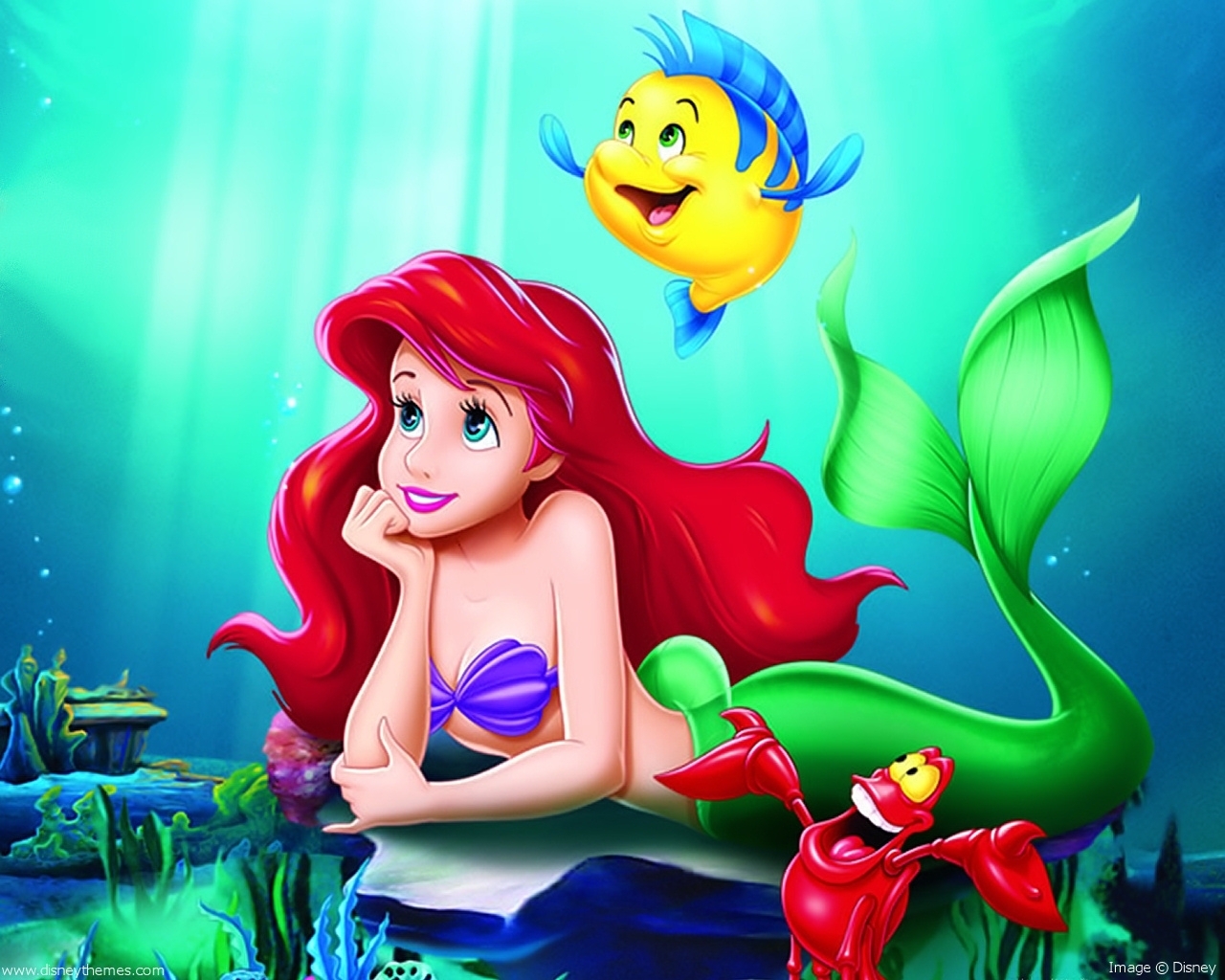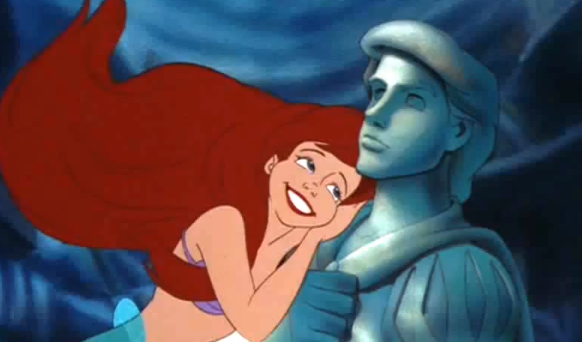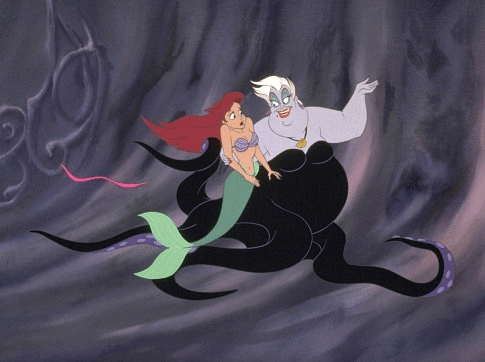The Board Game
The objectives of this game are to help children understand the term "culture," to identify their own culture, traditions and customs, to help students accept their own cultural identity, and to help others to learn about the cultures of their peers (R&W, pg. 193).
 The best way to present this activity initially to children would be to introduce it after a class discussion about culture, tradition, and customs. When the children have an idea about what these terms mean, they will have a much better understanding of the questions in the game. For younger children, an adult should help manage the game by reading the cards and encouraging the children to share their home experiences. For older children, once they begin to understand the concepts, and begin to form a cultural awareness (if they hadn't already), they will be able to play the game independently (without the help and supervision of an adult).
The best way to present this activity initially to children would be to introduce it after a class discussion about culture, tradition, and customs. When the children have an idea about what these terms mean, they will have a much better understanding of the questions in the game. For younger children, an adult should help manage the game by reading the cards and encouraging the children to share their home experiences. For older children, once they begin to understand the concepts, and begin to form a cultural awareness (if they hadn't already), they will be able to play the game independently (without the help and supervision of an adult).
Since most children enjoy playing board games, I believe that they would respond positively to this game. I tried to play this game with my daughter, and she loved the game board and the pieces. But, as a two-year old, she didn't really understand the idea of culture. We did, however, have a lovely discussion about people and differences.
I chose this activity because I really appreciated the fact that this was a normal, everyday item in the classroom that reinforced multicultural and anti bias education. This game is intended to be played daily, without any special emphasis because of a holiday or a month of cultural celebration. This activity helps support the idea that multicultural education should be all around--in books, artwork, the arrangement of the classroom, toys, and games. I also like the fact that this activity helps children to become more culturally aware of themselves and others. Children can learn a lot from each other, if given the chance.
According to Stacey York, author of Roots & Wings, the most appropriate age level for this game would be the 5 to 6 year olds. She states that this is when children begin to understand cultural identity and enjoy exploring the cultural origins of their classmates (Roots & Wings, pg. 21). I do believe, however, that you could probably play this game successfully with many 4 year olds and some 3 year olds. I think if they are verbally able to express themselves, and if they have an adult to guide them, they could probably enjoy playing this game.
The themes of this activity are: Our Class, My People, Friends, Heroes and Sheroes. Themes are a great way to organize learning in the classroom. They provide a focus for the teacher to structure activities within the same topic to reinforce important concepts (R &W, pg. 179-180). These themes are appropriate for creating a multicultural learning environment in the classroom. By personalizing (OUR class, MY people, etc) it gives the students the opportunity to really learn about each other and to teach each other about their home life, language, traditions, and culture.
This activity meets the following anti biased goals: (Goals for Anti-Bias Curriculum, pg. 1)
- Recognize, appreciate, and respect the uniqueness, beauty, value and contribution of each child.
- Foster positive self-esteem and a positive self-concept in children.
- Teach children about their own culture.
- Introduce children to other cultures.
- Promote respect towards others.
- Provide children with a positive experience exploring similarities and differences.
- Encourage children to respect other cultures.
- Increase children's ability to interact, talk and play with people who are different from them.
By having the students teach their classmates about their own culture (through playing this game), they are able to begin to build more of a positive self-concept. They learn how to share information and how to respect each other's differences. This also gives them the opportunity to become more social, as they interact with each other through play.
Variations and Other Activities:
The text suggests a variation to this game could include another set of cards specific to the child's family, friends, or the class (R&W, pg. 193).
This is a beautiful story for young children that discusses the topic of differences and similarities. It begins with this sentence: "Little one, whoever you are, wherever you are, there are little ones just like you all over the world." Fox writes that our hearts are the same, as are our smiles, and our laughter--our pain and hurt are the same. Though we have differences, we are so similar too. This book also touches on many of the themes and anti bias goals mentioned above.
 The second literature selection is You and Me Together: Moms, Dads, and Kids Around the World. This book, by Barbara Kerley, is filled with gorgeous pictures from the National Geographic archives. It highlights the bonds between children and their parents, in cultures all over the world. It shows candid shots of joy and love that most children can relate to. It, too, follows the themes outlined in the activity above. It encourages children to empathize and relate to children of other cultures. It can also help to teach self-awareness and respect for all people.
The second literature selection is You and Me Together: Moms, Dads, and Kids Around the World. This book, by Barbara Kerley, is filled with gorgeous pictures from the National Geographic archives. It highlights the bonds between children and their parents, in cultures all over the world. It shows candid shots of joy and love that most children can relate to. It, too, follows the themes outlined in the activity above. It encourages children to empathize and relate to children of other cultures. It can also help to teach self-awareness and respect for all people.
"Who Am I? The Board Game," is an inclusive, fun, and multicultural activity that children can access frequently in the classroom. For the teacher, it is relatively easy to create, and it provides valuable life skills and lessons through it's objectives. It helps children to become aware of their cultural identity and to also accept and feel proud of their differences. It helps other children to be more respectful and knowledgeable about the different cultural communities in the classroom. It also could be a conversation starter for kids to take initiative to get to know each other, and interact cooperatively in play. The book selections reinforce the idea of understanding that children have differences and the similarities, and that those should both be celebrated.
References Cited:
1. Fox, Mem. Whoever you are. Orlando, FL: Houghton Mifflin Harcourt Inc, 1997.
2. Kerley, Barbara. You and Me Together: Mom, Dads,and Kids Around the World. Washington D.C. National Geographic Children's Books, 2005.
3. York, Stacey. Roots & Wings: Affirming Culture in Early Childhood Programs. St. Paul, MN: Redleaf, 2003.

.jpg)














